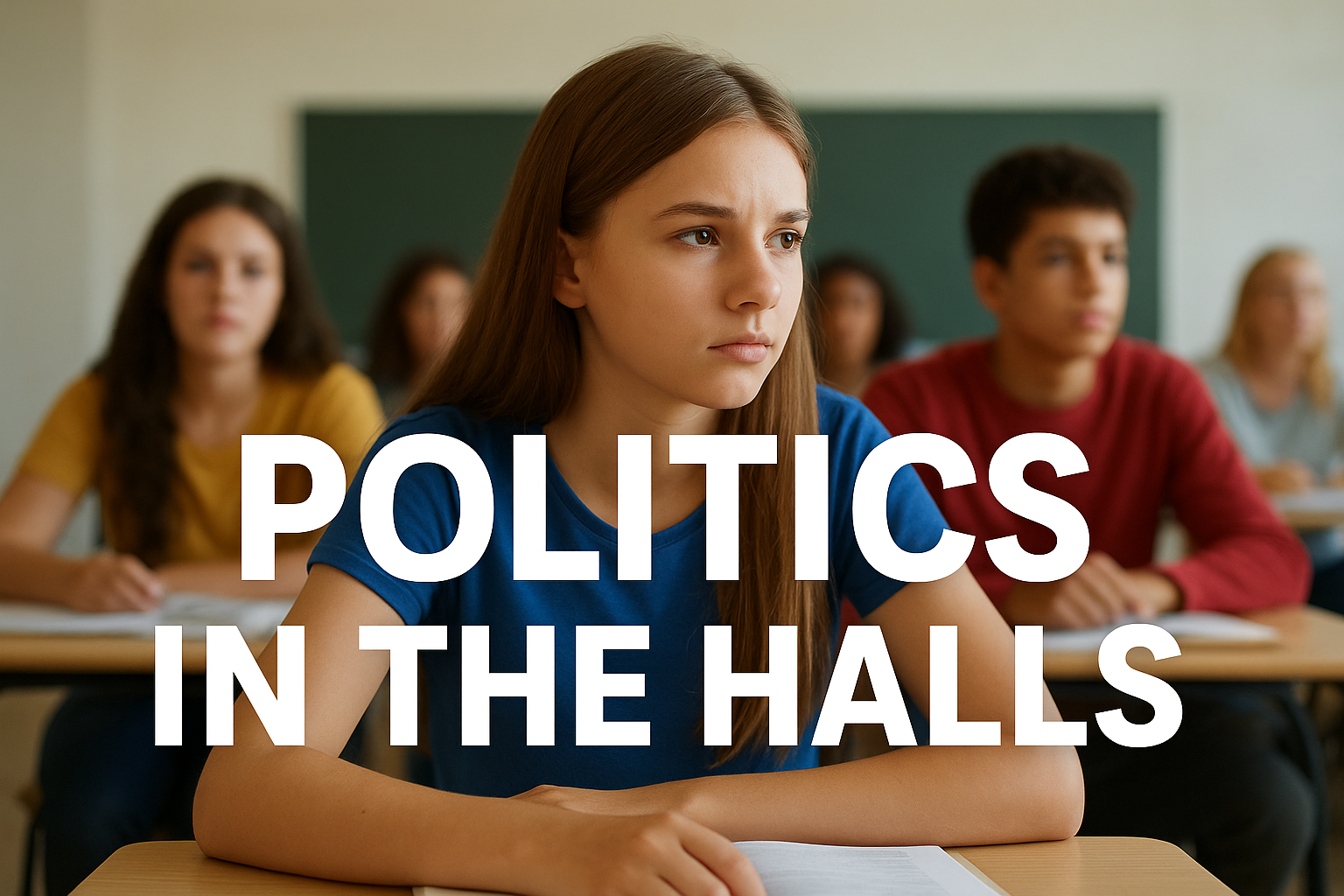
The Key Challenges After-School Programs Are Facing, in Charts
Helping students catch up academically after prolonged pandemic school closures and disruptions is no small feat.
Students across the country—regardless of age, location, and socioeconomic background—suffered historic blows to their achievement in key subjects like math and literacy, according to national assessment scores.
With billions of dollars in federal pandemic relief money in hand, many districts have turned to after-school programs as a key strategy to provide students with more learning time in hopes of catching them up.
But after-school programs are struggling to deliver on their promise, largely for logistical reasons.
Research has shown that they’re an effective solution to a range of academic woes, but three years into the COVID-19 pandemic, after-school program operators report that they have less capacity than they did before the pandemic. Programs are struggling to recruit enough staff to accommodate more students, and inflation has translated into higher operating costs, all eating into the programs’ capacity to serve children who need an academic boost.
An Afterschool Alliance survey conducted last fall found that most after-school programs have waitlists of students they can’t serve, in part because they’ve struggled to hire enough staff. The survey found that 94 percent of programs are open and operating, but about a quarter can’t serve as many students as they did before the COVID-19 pandemic.
Here’s a look at the challenges after-school programs are facing.
After-school programs’ proven track record
Research shows that tutoring and other school-based programs are tied to increased academic achievement in core content areas, especially for students who traditionally struggle most, like English learners, students from low-income families, and students in special education programs.
Basically, research shows that extra time in the classroom, including in the form of after-school programs, can help accelerate students’ learning. And if there’s ever been a moment when students need extra learning time, it’s now, to avoid being left permanently behind where they should be academically.
The caveat is that more time on its own isn’t a panacea. After-school programs need to be run by high-quality teachers who tie the lessons back to content students learn during the normal school day. Extra time on its own isn’t enough—districts have to be intentional in how they use it.
Following nationwide school closures in 2020, federal lawmakers earmarked billions of dollars for districts across the country to supplement efforts to catch students up, and those efforts have often included adding or expanding after-school programs. But those funds are set to expire in 2024, which could stunt schools’ efforts to sustain those programs.
Many districts are already thinking ahead, though, and have said they are eyeing partnerships with community organizations to continue programs that have proven successful. Some have said they hope to identify other available funding streams from state education agencies and the federal government, and use a mix of funding sources to maintain critical programs.
The Afterschool Alliance has called for additional federal funding for after-school programs through the 21st Century Community Learning Centers grant. The group has criticized President Joe Biden for not including additional funding in his proposed budget for the next fiscal year.
More programs have waitlists
While programs that shut down or went fully virtual in the early days of the COVID-19 pandemic are largely back up and running, they’re not reaching all of the students who could benefit from them, or even all students who want to enroll.
Nearly half of after-school program providers reported having waitlists for students in an EdWeek Research Center survey in May and June of 2022.
As a result, it’s likely students on those waitlists are missing out on opportunities they need to catch up academically, the Research Center concluded from its survey, which included responses from 269 school principals, 384 after-school program managers, and 328 other after-school program staffers.
The Afterschool Alliance’s survey, conducted months later, showed that waitlists were persisting.
More after-school program providers (53 percent) reported a waitlist for students in the fall than in any previous iterations of the survey, conducted seasonally since the summer of 2020.
Challenges in recruiting and retaining staff is a key problem
The Afterschool Alliance’s survey pointed to staffing challenges as a key factor in standing up and maintaining after-school programs.
In the fall of 2022, 85 percent of providers reported that they were at least somewhat concerned about staffing. A workforce shortage has been a top concern among program operators since the summer of 2020, but the concern has grown more acute over time, the survey showed.
The problems are reflective of those facing districts during the academic year, as many continued to report openings well into the year last fall in subjects ranging from special education to math and science.
Without enough staff, after-school programs have to operate at limited capacity, contributing to those waitlists.
Students who need support most are least likely to participate
Most students participating in after-school programs are white and from more affluent families, according to the EdWeek Research Center survey last year.
Consistent participation in after-school programs has been shown to lower dropout rates and help close achievement gaps between low-income students and their higher-income peers. For older students, regular participation in an after-school program may also deter them from participating in risky behaviors, like drug use, and help them gain skills needed for college and careers.
But after-school programs aren’t serving as many students as they need, nor the students who are most in need of the help.
In-person programming adds to per-pupil costs
It’s not just staffing adding wrinkles to districts’ after-school programming plans. Inflation and higher costs of supplies have increased per-student costs, many providers report, reducing the number of students the programs can serve.
Those extra costs apply to snacks and meals and transportation, all of which were essentially nonissues when programs were operating virtually. Still, after-school program operators most commonly pointed to staffing costs as a reason for higher per-pupil costs, according to the Afterschool Alliance survey.
In the Afterschool Alliance survey, 46 percent of providers last fall estimated that their weekly cost per child had increased by 10 percent or less, while 39 percent said it had increased 11-25 percent. Six percent said it had increased 26-50 percent, and 2 percent said it had increased more than 50 percent.
Related Content
Dig Deeper With Our Longreads
Newsletter Sign up to get our best longform features, investigations, and thought-provoking essays, in your inbox every Sunday.
The MEN was founded by John Huber in the fall of 2020. It was founded to provide a platform for expert opinion and commentary on current issues that directly or indirectly affect education. All opinions are valued and accepted providing they are expressed in a professional manner. The Maryland Education Network consists of Blogs, Videos, and other interaction among the K-12 community.







